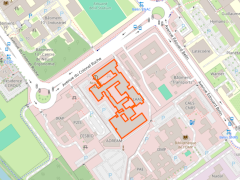Advanced sources
The aim of our work is to increase the monolithic integration potential of photonic components, particularly optical sources, which are key components of photonic systems. The goal is to demonstrate integrated optical sources with advanced spectral and temporal control functionalities.
Integrated VCSEL/Modulator
The aim of this research theme is to develop a low-cost, energy-efficient laser source technology for short-distance optical communications links at very high data rates, surpassing the performance of current direct-modulation VCSEL lasers. The main objective is to develop a component architecture enabling optical transmission rates of up to 100 Gbps per channel under the operating conditions and environmental requirements defined by applications such as data centers. Our approach is to monolithically integrate an electro-absorption modulator into the vertical structure of the VCSEL. By decoupling the electrical and optical properties of the modulator and laser, ultra-high-frequency performance is enhanced. This type of architecture builds on mature VCSEL technology by integrating new optical functionalities, with the aim of greatly extending performance and application areas for new generations of optical links.
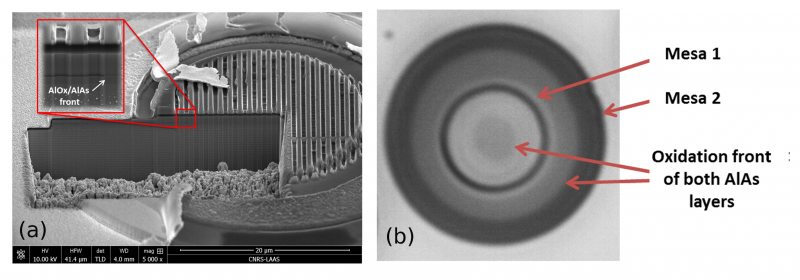
ECDL with nanophotonic filters
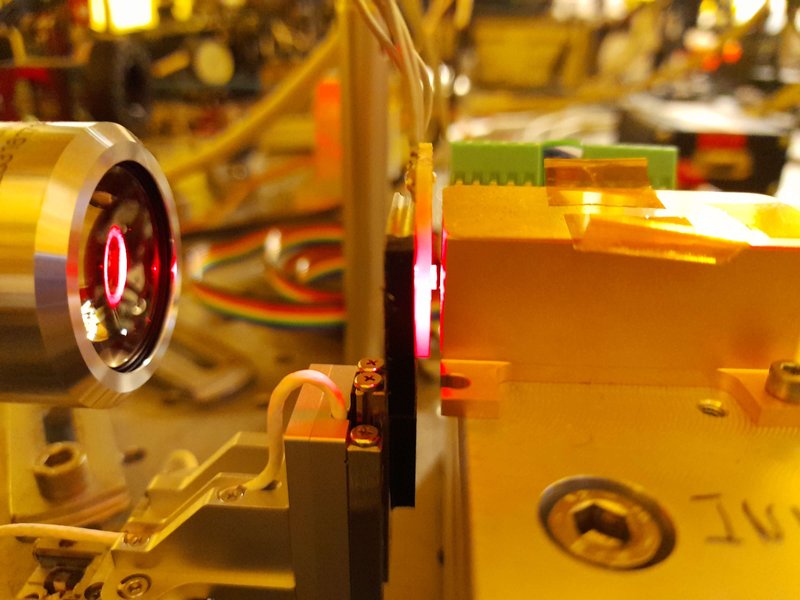
We have exploited the extraordinary spectral reflection filtering properties of resonant grating filters, and in particular Cavity Resonator Integrated Grating Filters (CRIGFs), to create laser diode systems frequency-stabilized by an extended cavity. The use of a CRIGF enables the latter to be simplified and miniaturized, by integrating the spectral selection function (usually performed by a grating) directly into the cavity's output mirror, and enabling the use of focused beams on this multifunctional component.
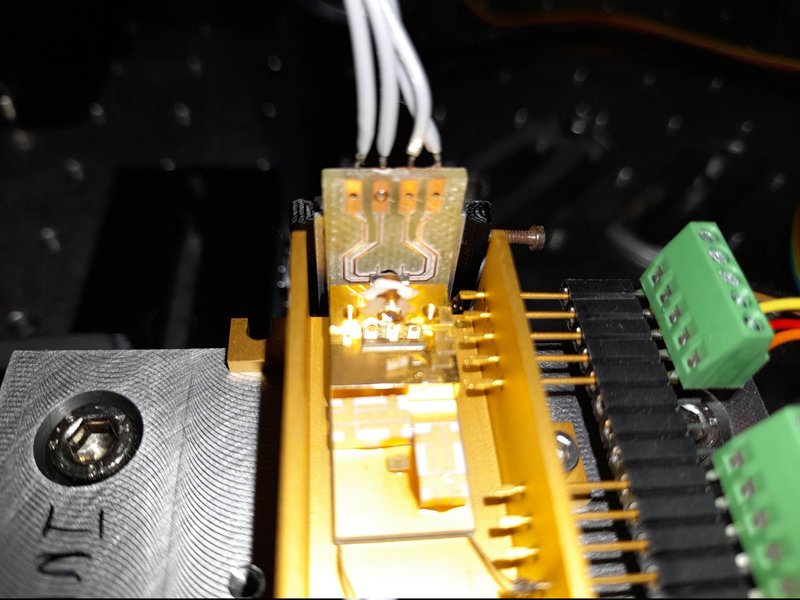
In particular, we have been able to show that the alignment of these extended cavities is very robust, and that they enable a laser diode to be tuned over a large portion of its gain range. Our current work aims to extend the spectral range of this type of laser diode into the mid-infrared, in collaboration with the start-up Mirsense, or to demonstrate the integration of these systems in miniature packages and their electro- and thermo-optical tunability, in collaboration with Innoptics and CNES.
Non-Linear Optical sources
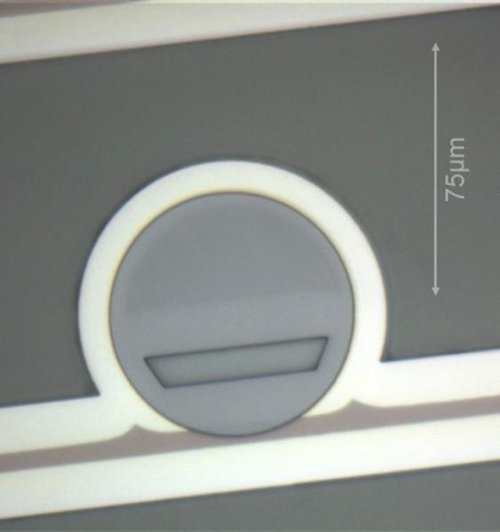
The use of optical non-linearities is an attractive approach either to diversify laser modes of operation, and in particular to facilitate the generation of frequency combs (i.e. short pulse trains), or to extend spectral coverage, thanks to frequency mixing, to regions where direct emission by laser diodes is difficult or even impossible.
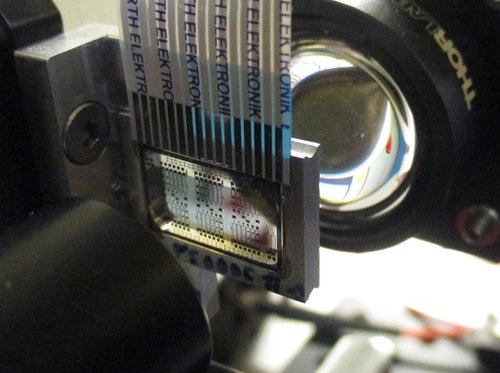
In this context, we are seeking to develop technology chains adapted to non-linear conversion and to exploit them in integrated optics devices. To this end, we are working on monolithic or hybrid photonic integration platforms that combine materials with high non-linear coefficients with the ability to produce waveguides with low propagation losses. On this basis, we are working on gallery-mode micro-resonators (disks, rings) in AlGaAs/AlOx, on grating micro-resonators (CRIGF-type) in thin-film lithium niobate, as well as studies on interferometers exploiting phase-change materials and more specifically spin-transition molecular complexes.
Back to Photonics






